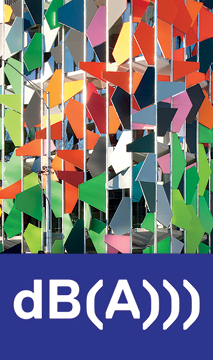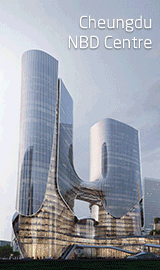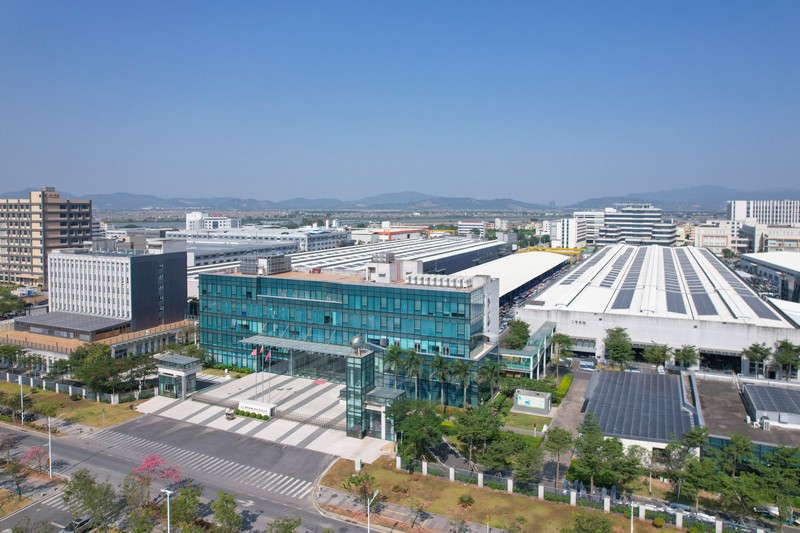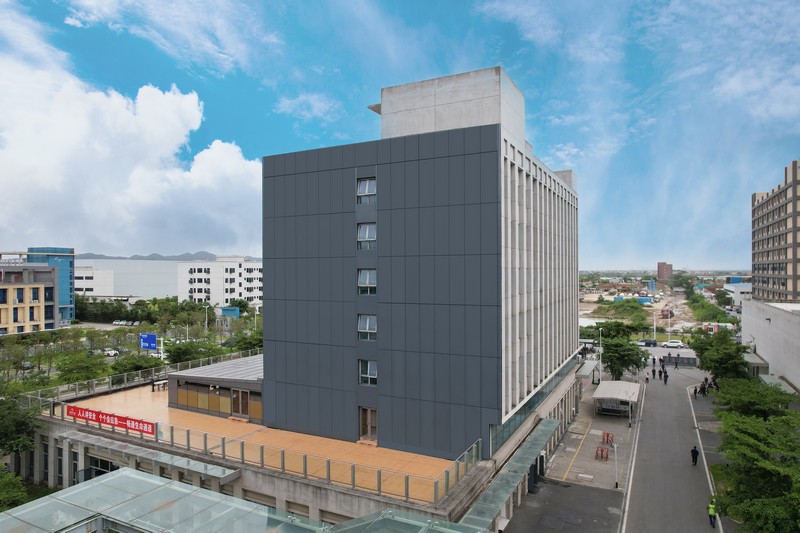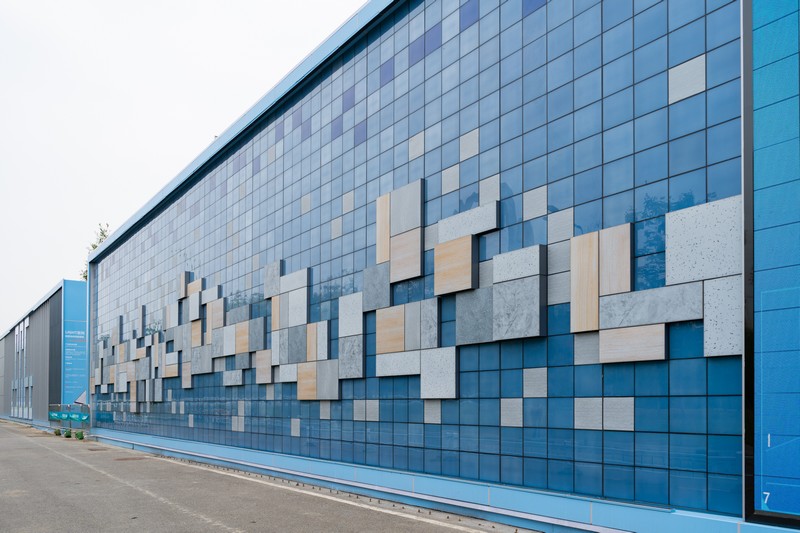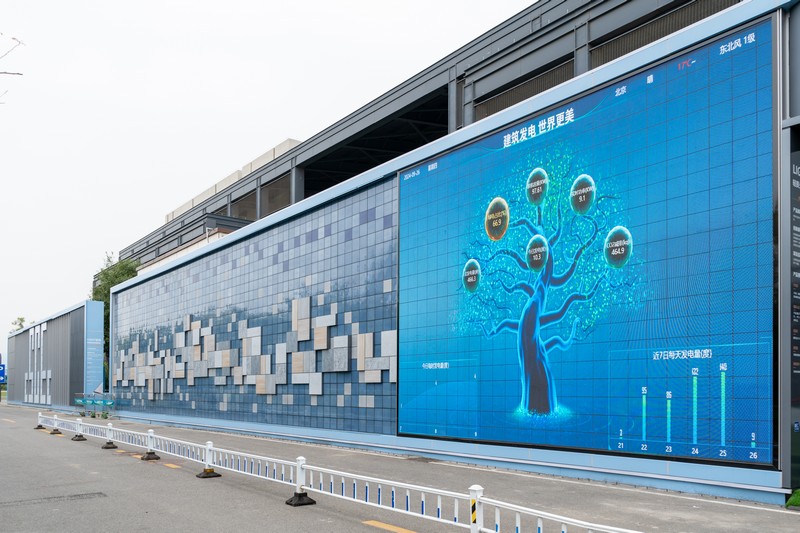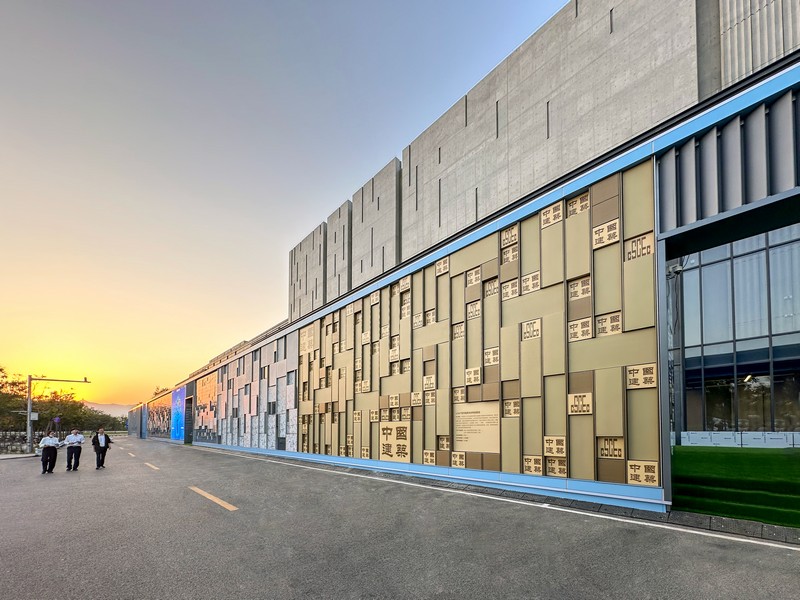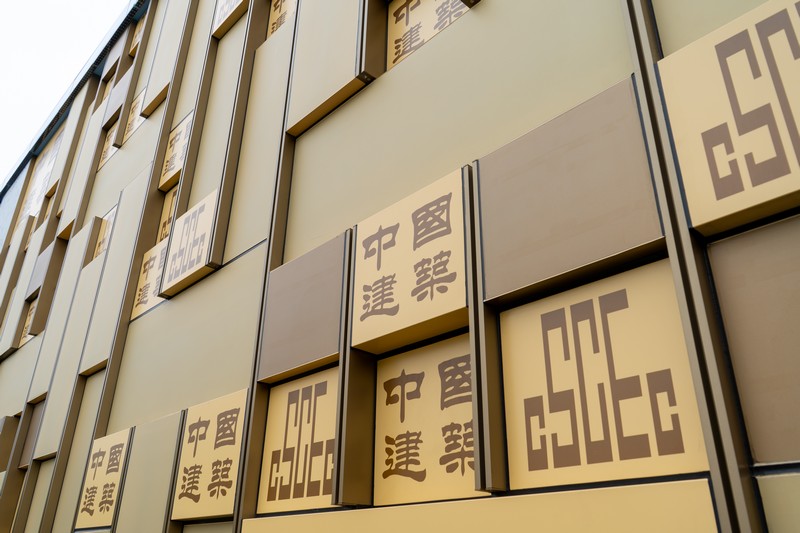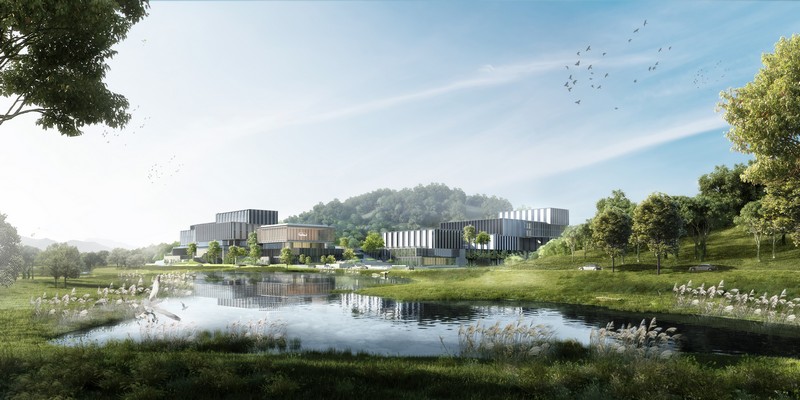China State Construction Development Group Limited (formerly Far East Global Group Limited) was established in Hong Kong in 1969 and listed on the Hong Kong Stock Exchange in 2010 (Stock Code: 00830.HK). In March 2012, it was successfully acquired by China State Construction International Holdings Limited and officially became part of China Overseas Holdings Limited, developing into a listed company focusing on building curtain walls.
Since then, the company has achieved significant growth in business scale.
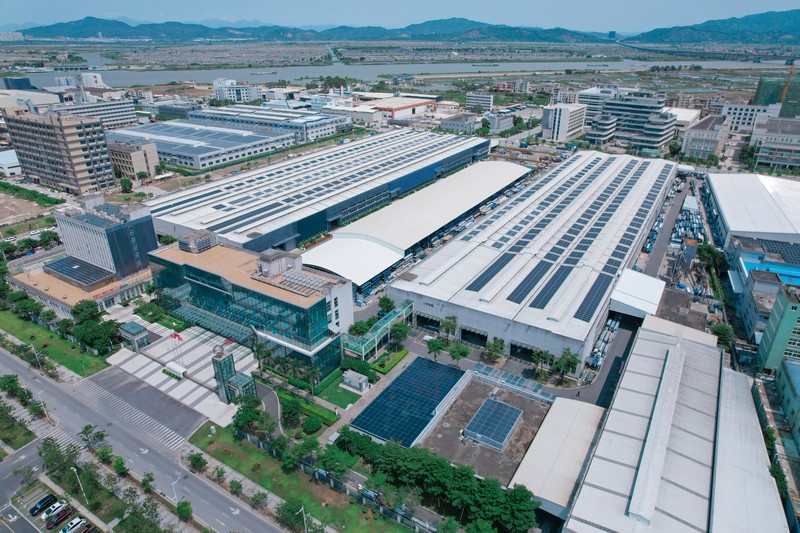
Aerial view of Far East Zhuhai Intelligent Manufacturing Factory
Text: Bryan Chan & Far Est Façade Images: Far East Façade
Based on the core technology of “Far East Curtain Wall” BIPV (Building-Integrated Photovoltaics), the company established Far East Photovoltaic Technology (Guangdong) Co., Ltd. in May 2024, specializing in product development and investments in BIPV construction.
The company independently develops and manufactures BIPV products LIGHT series lightweight photovoltaic building materials. These materials can be customized in various appearances to meet architectural design needs, seamlessly integrating with building envelope structures while maintaining both power generation capabilities and building material characteristics.
The series offers a comprehensive solar power generation solution for buildings and resolves issues such as unattractiveness, low safety, poor durability, and low conversion efficiency of traditional photovoltaic products. Additionally, the products have obtained multiple certifications, including TUV, SGS, PID, and CE, meeting market entry requirements across various regions and demonstrating excellence in technology and product quality.
BIPV Industry Policies and Trends
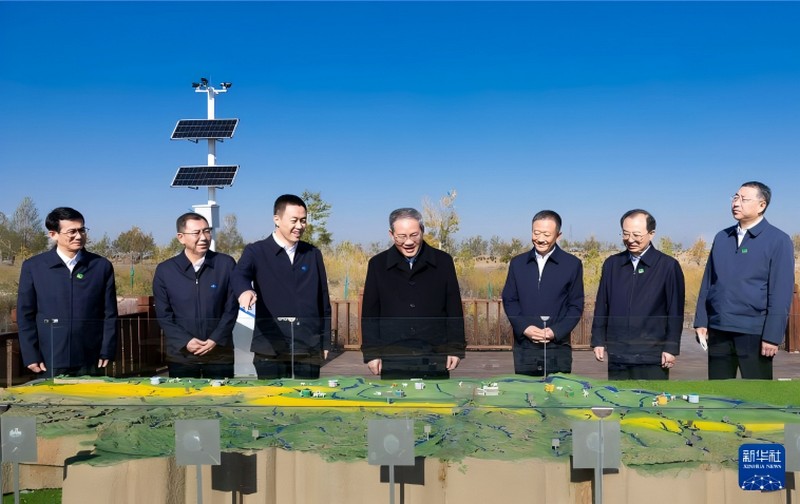
Premier Li Qiang visits -.李强总理参观图
“This product is ‘remarkable’ and holds significant importance for the nation’s energy revolution and architectural transformation.” — Premier Li Qiang
Chinese Premier Li Qiang, during his research visits to Ningxia and Inner Mongolia, emphasized that “energy security must not be overlooked even for a moment, and policies should guide and support broader applications in daily life and production. Utilizing building exteriors, especially rooftop spaces, can further unlock the potential of photovoltaic and other new energy sources.”
As a key technology combining green building and renewable energy, BIPV has rapidly developed in recent years, driven by policy support and market demand. At the national level, China has introduced a series of policies to support the development of the BIPV industry. Documents such as the “14th Five-Year Plan for Building Energy Conservation and Green Building Development” (2022) aims to achieve a 50% rooftop photovoltaic coverage rate in new public institutional buildings and factories by 2025.
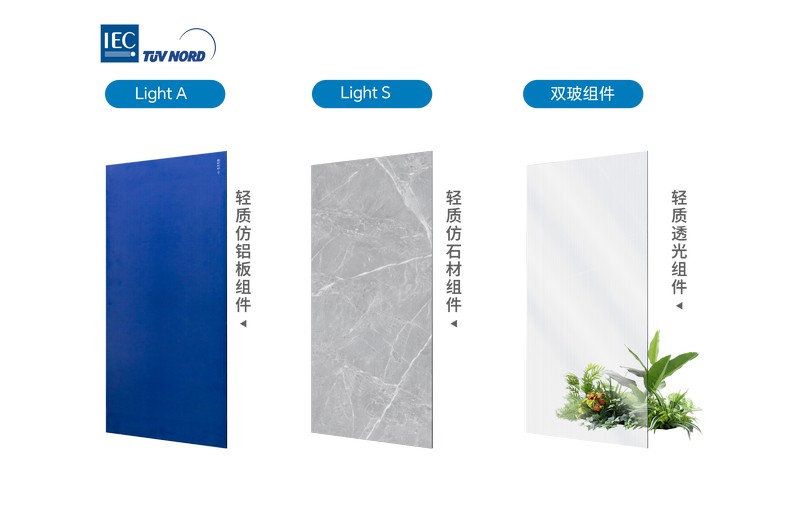
Photovoltaic portfolio 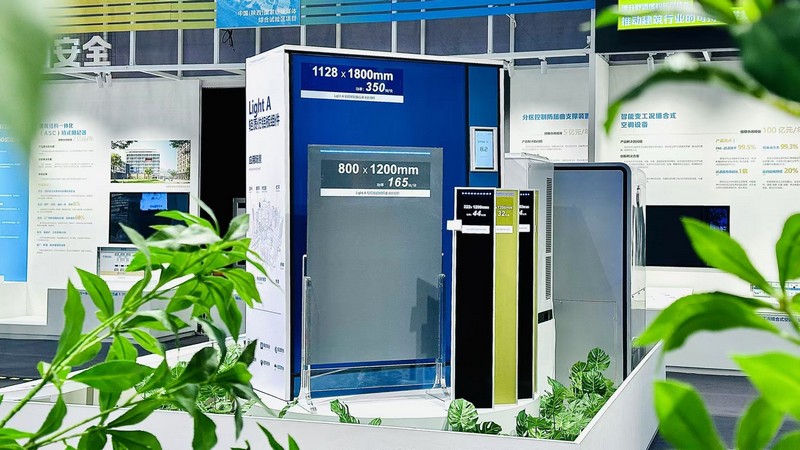
Beijing China Construction Technology Exhibition
Similarly, the “Carbon Peak Action Plan for Urban and Rural Construction” (2022) calls for the promotion of “PV-Storage-Direct-Flex” building technologies, setting specific indicators for public building photovoltaic coverage by 2025 and the universal promotion of green building materials by 2030. The “Application Technical Standard for Building-Integrated Photovoltaics” (JGJ/T484-2019), the first national standard for the BIPV industry, provides technical guidance, while the county-level photovoltaic deployment policy (2021) has injected strong momentum into rural BIPV market development through 676 pilot counties.
This comprehensive policy support system, covering market entry, technical standards, and application scenarios, lays a solid foundation for the industry’s standardized and scalable development.
Across various provinces and cities, local governments actively implement the “dual carbon” strategy, introducing targeted BIPV support policies. These policies include:
- Mandatory installation regulations, such as the Guangdong Green Building Ordinance, which stipulates rooftop photovoltaic coverage for new public buildings.
- Financial subsidy policies, exemplified by Shenzhen and Beijing, offering installation subsidies and investment incentives to reduce project costs.
- Green financial support policies, like those in Fujian and Shandong, which introduce innovative financial products such as “Solar Loans”.
- Pilot demonstration projects, such as initiatives in Hefei and Chengdu showcasing BIPV adoption.
Looking ahead, as policy frameworks continue to improve, BIPV applications will expand further, urban carbon accounting will become stricter, and green electricity trading mechanisms will mature. These advancements will drive high-quality industry growth, supporting the green and low-carbon transition in the construction sector.
LIGHT Series Photovoltaic Tackles Industry Challenges
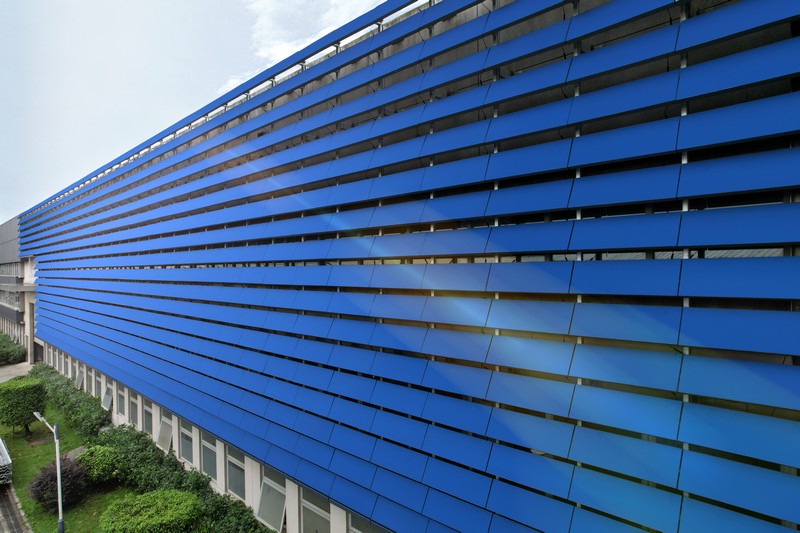
Blue shutters on the east facade of Far East Zhuhai Workshop No. 1 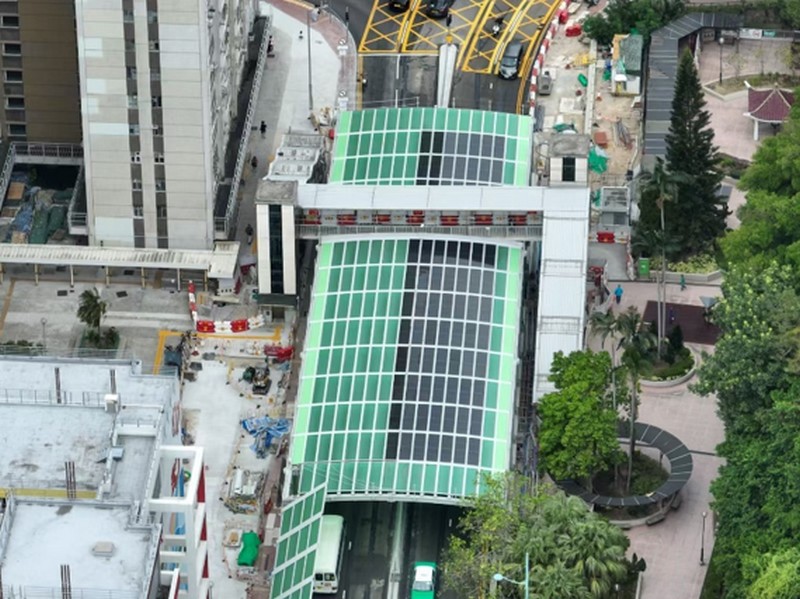
Castle Peak Road, Hong Kong
BIPV (Building-Integrated Photovoltaics) products face several industry challenges during their market adoption, including limited application scenarios, difficulty balancing aesthetics and efficiency, inadequate architectural adaptability, and high customization costs, all of which significantly hinder their commercialization.
Addressing these issues, Far East Photovoltaic has independently developed the LIGHT Series, a lightweight photovoltaic building material that achieves major breakthroughs through technological innovation, offering a novel solution for large-scale BIPV implementation.
This series can be customized to match architectural design needs, integrating seamlessly with exterior building structures while combining energy generation and construction material functionality. It offers various aesthetic options, such as stone and aluminium panel appearances, solving traditional photovoltaic products’ issues related to unattractive designs, poor safety, limited durability, and low conversion efficiency. Additionally, it has earned multiple certifications, including TUV, SGS, PID, and CE, meeting market entry standards in different regions while demonstrating superior technological and product quality.
With its outstanding technical performance and safety standards, the LIGHT Series has successfully obtained several international authoritative certifications, becoming an innovative “power-generating building material” that meets both photovoltaic and architectural material standards—setting a new benchmark in the global green building market.
The launch of Far East Photovoltaics’ BIPV solution not only provides high-standard public buildings and zero-carbon campuses with a safe and efficient integrated energy-building material option but also leverages technological barriers and brand value to gain a competitive edge in the global market. Its dual certification model of “architecture + energy” precisely aligns with ESG investments’ dual demands for sustainability and safety, injecting new momentum into the global green transition.
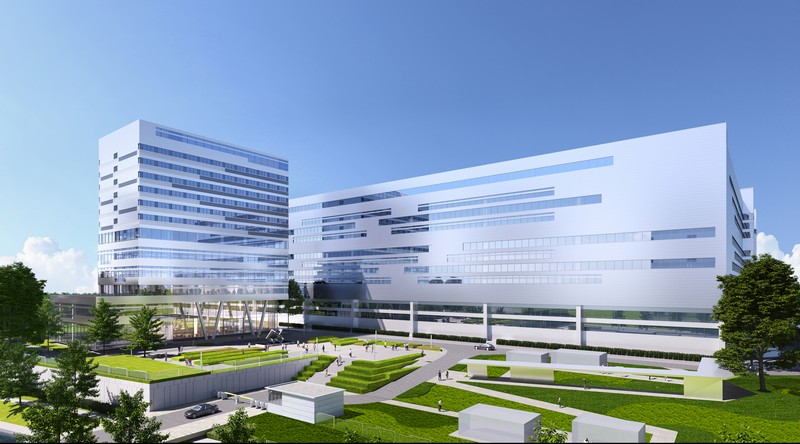
Longgang Intelligent Construction Industrial Park project rendering
The LIGHT Series has also gained industry recognition for its leading technological capabilities. On April 10th, at the Inclusive ESG Awards Ceremony in Hong Kong, the LIGHT Series won the “Green Technology Award” for its technological advancements and product advantages in the BIPV sector.
Beyond awards, the LIGHT Series lightweight photovoltaic building materials have been widely embraced by architects, designers, and property owners, and have already been applied in over 20 projects, including the Far East Zhuhai Low-Carbon Lighthouse Factory and the Shenzhen China Institute of Metrology BIPV Project.
Product Vision
Buildings have always been major energy consumers, and under China’s “Carbon Peak and Carbon Neutrality” 3060 strategy, achieving energy conservation and emission reduction in architecture is imperative.
The LIGHT Series is not a traditional solar panel—it is a power-generating building material that balances aesthetics and construction functionality. Its introduction redefines building exteriors, transforming structures from energy consumers to energy producers, reducing energy consumption, and illuminating a greener future.




